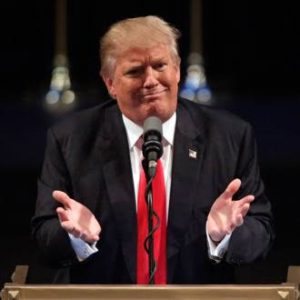Sam Bourne, To Kill the Truth
 The Setting
The Setting
Someone is systematically destroying records of human history. Prominent history scholars are being killed, or are dying in suspicious circumstances. Google and other online search engines and gateways to information are under attack.
This is the setting of Sam Bourne’s latest novel, ‘To Kill the Truth’.
The Fiction
The book’s storyline revolves around Maggie Costello, a former White House staffer, and her efforts to stop the person or organisation responsible.
As we’ve come to expect of Sam Bourne, this is a well written and enjoyable mystery page-turner. To a large extent it is very plausible contemporary fiction. But, at least for me, it is not the fiction that makes this book particularly rewarding to read.
The Contemporary Context
I was fascinated by the premise that evidence of historical facts, humanity’s accumulated knowledge, and hence the lessons of history, could be erased and forgotten.
 That I might be able to read an original explanation for the destruction of the evidence of truth. was the main motivation for buying this book.
That I might be able to read an original explanation for the destruction of the evidence of truth. was the main motivation for buying this book.
I find this issue fascinating, particularly as more than a third of Americans are reported to reject the conclusiveness of factual evidence of truth. Their preference appears to lie in accounts and explanations that resonate with their experiences. While never mentioning him by name, the author makes a number of clear references to President Trump.
I would happily recommend this book, even if only for the author’s examination and explanation of the President’s influence on the value of truth and what passes for determinative evidence.
What Makes the Book Compelling
The book details the text and discussion of the fictional written manifesto of those determined to eliminate historical records. It also presents extended discussion of the manifesto and eloquently expressed arguments as to the benefits of destroying history and countering elitist notions of fact. By drawing on actual scholarly work (listed in ‘Acknowledgments’), the author presents compelling and intelligent arguments bound to move us beyond judgments we’re prone to currently make – dismissing such views as those of crackpots and their gullible followers.
 This book provided me with my first ever opportunity to read an intelligent explanation of what Trump, and his seemingly dishonest staff and unhinged supporters, otherwise cause us to dismiss out of hand.
This book provided me with my first ever opportunity to read an intelligent explanation of what Trump, and his seemingly dishonest staff and unhinged supporters, otherwise cause us to dismiss out of hand.
That is not to say that I’ve been converted. Far from it. But I am pleased to have have read and gained some understanding of a coherent and plausible rationale for the troubling attack on verifiable truth.
The reality of this populist movement and my acceptance of the view that it should not be dismissed as an aberration, made reading this book both troubling and frightening.
You may struggle to understand the appeal of a President who lies with impunity and without apology, and whose appeal is enhanced by such disregard for the truth. If you do, then like me, you may find this book to be not only good fiction but also a source of significant enlightenment.